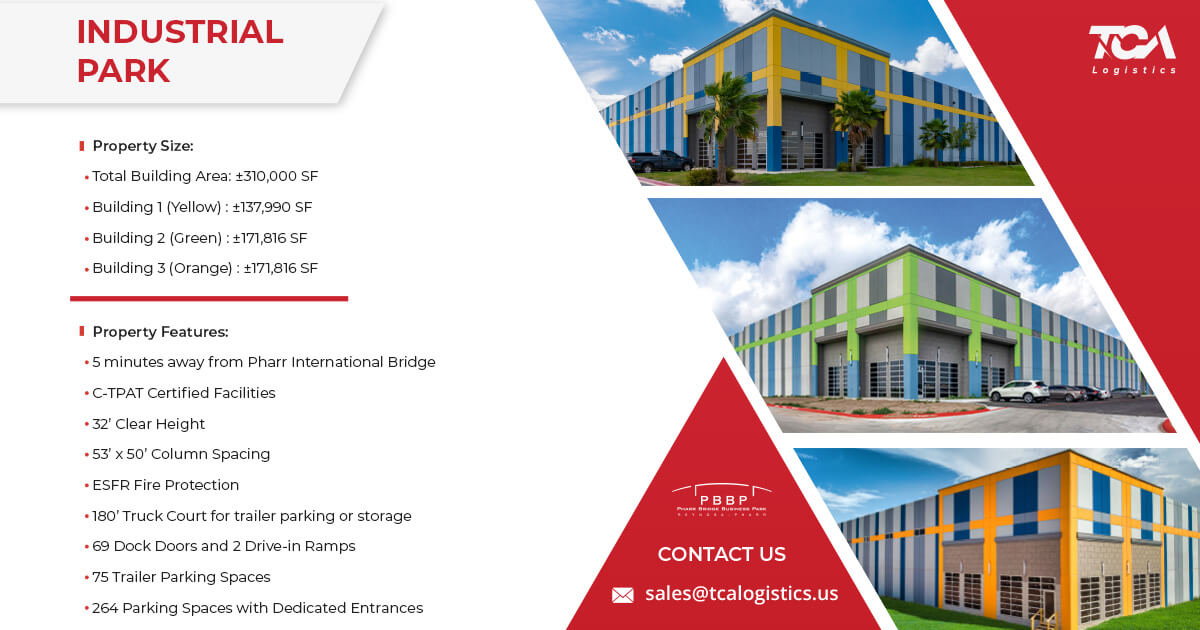Innovation, Jobs and Investment Are at the Heart of our Communities

By Sergio Contreras
Texas Border Business
Across South Texas, from the Rio Grande Valley up to Corpus Christi and Laredo, there’s a story of dynamic growth, new investment and a strong economy to be told.
What’s at the heart of our economic muscle? It’s a strong Texas oil and natural gas sector.
The direct and indirect benefits that flow from a strong energy economy are also driving our region forward in so many ways.
Most often you hear about the big numbers. Texas’ oil and natural gas sector contributes substantial tax revenue to local communities, school districts and the state of Texas. Last year alone, Texas’ oil and natural gas producers contributed $9.4 billion in state and local taxes and state royalties. On a per employee basis, the oil and natural gas taxes and royalties is the most paid by any industry sector – six times more than other business sectors, in fact.
But, those big numbers and impact aren’t driven just by traditional West Texas oil counties. In Webb County, for example, oil and natural gas accounts for 31 percent of the local tax base. That’s money for roads, schools and essential services that our communities rely on and that make cities attractive for corporate relocations, expansion and investment.
And, then there’s the indirect benefits that come along with a strong energy sector. Our ports of entry are booming due to the trade of oil and natural gas, which we see come across the Port of Brownsville and our land ports of entry.
Recent investments in infrastructure, including the Port of Brownsville, have made South Texas, our coastal communities and border region a burgeoning hot spot for new investment.
It was the Water Resources and Development Act (WRDA) of 2016 that is authorizing the Brownsville Ship Channel deepening project. More specifically, the Brazos Island Harbor Channel Improvement Project was one of 28 water infrastructure projects nationwide that was included in the U.S. Army Corps of Engineers recommendations to Congress.
By deepening the channel by 10 feet, the Port of Brownsville will become one of the deepest ports in the Gulf of Mexico.
The impact of this project cannot be understated. A deeper channel improves the port’s infrastructure and increases the region’s global competitiveness.
In fact, when CSC Sugar launched its new packaging and distribution operations at the Port of Brownsville this spring, it was the infrastructure, along with easy access to rail and cargo lines that the company said attracted them to Brownsville.
By further diversifying our economy, Texas’ coastal, Valley and border regions will continue to flourish and that’s good news for our local workforce and the families that call the region home.
Energy projects like NextDecade Rio Grande LNG, Texas LNG and Annova LNG combine the state’s strong energy sector with the infrastructure and logistical benefits that our region offer employers and investors. These projects will put the region on the map and at the leading edge of international energy distribution.
The tax revenue such investment generates will help fund essential services and infrastructure across the region, but more important, is the direct impact on the lives and livelihoods of our residents.
Ernst & Young estimated that the construction phase of the Annova project alone over the next four to five years would generate 675 jobs and approximately $324 million in direct income.
The three proposed LNG projects are forecasted to bring 6,300 jobs to our region during the construction phase and add approximately 515 permanent jobs with an average salary of $70k.
Engineering, technology and manufacturing jobs go hand in hand with a strong Texas energy sector. And, it’s a history of smart local and state tax and regulatory policy that’s helping put our region on the map in even bigger ways.
Let’s make sure our state and local leaders keep Texas ripe for continued economic growth and investment and that we continue to support the strong energy sector that’s at the heart of our economy.












